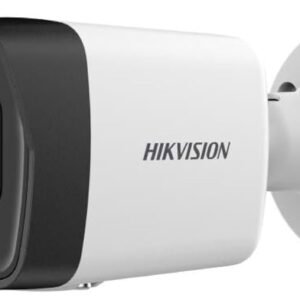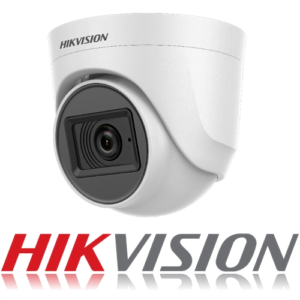1. Display Size: 24 Inches
-
The 24-inch size is a sweet spot for most users who want a larger screen without taking up too much desk space. It’s great for everyday use, whether it’s for general work, gaming, or even surveillance monitoring.
2. Full HD (FHD) Resolution: 1920 x 1080
-
Full HD (FHD) resolution provides a clear, crisp image quality with 1920 x 1080 pixels. This is a standard resolution for most modern monitors and offers a good balance between visual quality and performance. It’s commonly used for video editing, gaming, watching HD videos, or office work.
3. LED Backlighting
-
The LED in this monitor’s name typically refers to LED backlighting, which is used in most modern LCD displays. This technology allows for brighter, more energy-efficient displays compared to traditional fluorescent lighting. LED backlighting enhances the monitor’s contrast ratio, making images appear sharper and colors more vibrant.
4. Viewing Angle & Panel Technology
-
Many modern LED monitors offer a wide viewing angle (usually 178° horizontally and vertically), which means that the image remains consistent and clear from different viewing positions. The panel technology could be IPS (In-Plane Switching) or VA (Vertical Alignment), each offering different pros in terms of color accuracy and contrast ratio.
5. Response Time and Refresh Rate
-
While 24″ LED FHD monitors are generally not designed for professional gaming, you may still expect a decent response time (typically 5ms to 8ms) and a refresh rate (usually 60Hz to 75Hz) that is suitable for office use, streaming, and casual gaming.
6. Connectivity Options
-
These monitors typically come with multiple connectivity options, such as HDMI and VGA ports for video input. Some models may also offer DisplayPort or USB-C for higher-quality video output and faster data transfer.
7. Ergonomics and Stand
-
Many modern 24-inch LED monitors are designed with adjustable stands, allowing you to tilt, swivel, and sometimes even height-adjust the screen for more comfortable viewing. Some models may also offer VESA mount compatibility for wall mounting.
8. Color Accuracy and Brightness
-
For users who need more color accuracy, such as in graphic design or video editing, an IPS panel is preferable due to its better color reproduction. A typical brightness level would be around 250-300 nits, which is sufficient for most environments, but some monitors may offer higher brightness for more intense lighting conditions.
9. Use Cases for Uniview Monitors
-
If Uniview (UNV) manufactures this 24-inch monitor, it may be used primarily for security surveillance or video monitoring purposes. Uniview is known for its products in the CCTV and security camera market, so their monitors are often tailored for displaying live feeds or recorded footage from cameras in control rooms or security setups.
10. Additional Features
-
Some models might have built-in speakers, blue light reduction, flicker-free technology, or anti-glare coatings for comfortable long-term use, especially if you’re spending hours in front of the screen.






Reviews
There are no reviews yet.